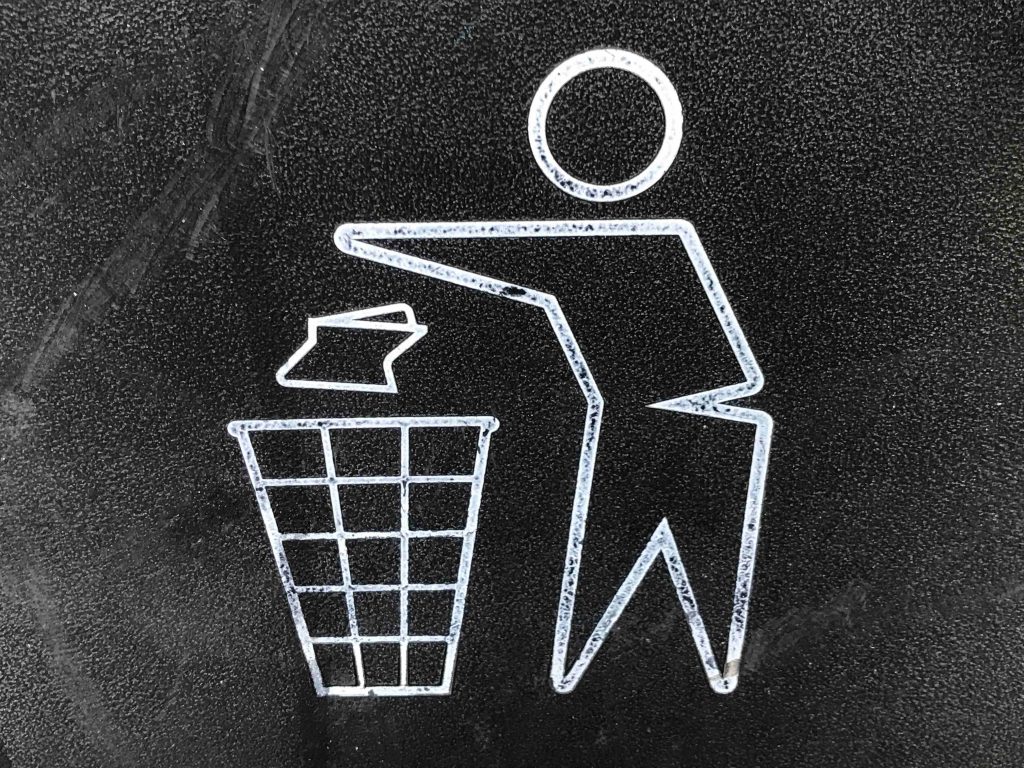In a world grappling with environmental challenges, paper recycling emerges as a beacon of sustainability. The journey from discarded paper to repurposed resource showcases the remarkable power of recycling in mitigating deforestation, conserving energy, and reducing waste. This article delves into the various facets of paper recycling, highlighting its significance, process, and environmental benefits.

The Significance of Paper Recycling
Paper, an indispensable part of our daily lives, is used for communication, education, and entertainment. However, the growing demand for paper has led to deforestation, threatening delicate ecosystems and contributing to climate change. Herein lies the importance of paper recycling, which transforms used paper into a valuable resource, curbing the need for virgin materials and reducing the carbon footprint.
The Recycling Process
Paper recycling is a multi-step process that involves collection, sorting, cleaning, and reprocessing. The following steps outline the journey of paper waste to a renewed resource:
- Collection: Used paper is collected from various sources, including households, offices, and industries. This paper is then transported to recycling facilities.
- Sorting: At recycling facilities, the collected paper is sorted into different categories, such as newspapers, cardboard, and office paper. This sorting process ensures that contaminants like plastic or metal are removed.
- Cleaning: The sorted paper is cleaned to eliminate ink, adhesives, and other impurities. This step is crucial to improve the quality of the recycled pulp.
- Reprocessing: Cleaned paper is mixed with water to create a pulp mixture. This mixture is then processed to remove any remaining ink and is often combined with fresh wood pulp to enhance its strength. The resulting pulp is then used to manufacture various paper products.
Environmental Benefits of Paper Recycling
Paper recycling offers a myriad of environmental benefits that contribute to a more sustainable future. Some of these advantages include:
- Conservation of Trees: By recycling paper, fewer trees need to be harvested for paper production, helping to preserve forests and the biodiversity they support.
- Energy Savings: The energy required to produce recycled paper is significantly lower compared to virgin paper production. This translates to reduced greenhouse gas emissions and less strain on energy resources.
- Water Usage: Paper recycling consumes less water than traditional paper manufacturing, alleviating stress on water supplies and ecosystems.
- Waste Reduction: Recycling paper reduces the volume of waste sent to landfills or incinerators, effectively extending the lifespan of these waste management systems.
Recycled Paper Products
The versatility of recycled paper extends to a wide array of products that we encounter in our daily lives:
- Newspapers and Magazines: The pages of newspapers and magazines often contain recycled content, showcasing how recycled paper can fulfill our need for information dissemination.
- Cardboard Boxes: Many cardboard boxes used for packaging are made from recycled paper, exemplifying its strength and durability.
- Writing and Printing Paper: Recycled paper is an excellent choice for writing and printing, proving that sustainability and quality can coexist.
- Toilet Tissue and Paper Towels: Even essential sanitary products can be crafted from recycled paper, underlining its adaptability.
The Economics of Paper Recycling
Paper recycling not only benefits the environment but also presents economic advantages:
- Job Creation: The recycling industry generates employment opportunities in collection, sorting, processing, and distribution.
- Resource Efficiency: Recycling paper reduces the need for costly extraction and processing of raw materials, contributing to cost savings.
- Market Demand: With increasing awareness of environmental concerns, the demand for products made from recycled materials is rising, creating a favorable market for recycled paper.

A Closer Look: Recycling by the Numbers
Let’s delve into some eye-opening statistics that underscore the significance of paper recycling:
| Statistic | Value |
|---|---|
| Recycling Rate | 65.9% (U.S., 2019) |
| Trees Saved per Ton | Around 17 trees |
| Energy Savings per Ton | About 4,000 kWh |
| Water Savings per Ton | Roughly 7,000 gallons |
Challenges and Future Prospects
While paper recycling has come a long way, challenges persist:
- Contamination: Ensuring that paper waste is free from contaminants like food residues or plastic remains a continuous challenge.
- Education and Awareness: Promoting awareness about the benefits of recycling and proper waste separation is essential for a higher recycling rate.
- Technological Innovation: Advancements in recycling technology can improve the efficiency of the process and the quality of the recycled pulp.
Looking ahead, the future of paper recycling appears promising:
- Research and Innovation: Ongoing research aims to develop more efficient methods for recycling and utilizing various types of paper waste.
- Circular Economy: The concept of a circular economy, where products are designed for easy recycling, holds the potential to revolutionize paper recycling practices.
- Global Collaboration: International cooperation can enhance the adoption of sustainable practices and drive global recycling efforts.
Conclusion
From its humble origins as discarded waste to its transformation into a valuable resource, paper recycling stands as a testament to human innovation and environmental responsibility. By choosing recycled paper products and participating in recycling programs, individuals and businesses contribute to a greener and more sustainable world. As we continue to champion the power of paper recycling, we embark on a journey toward a future where waste is minimized, resources are conserved, and the planet thrives.




